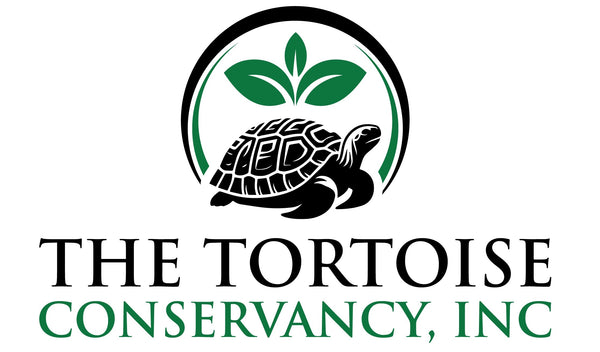
The Role of Conservation Easements in Protecting Gopher Tortoise Habitats
Share
Conservation easements are one of the most effective tools for securing permanent protections for gopher tortoise habitats. These legal agreements restrict future development on a parcel of land, ensuring it remains dedicated to conservation. Easements are often voluntary, allowing landowners to contribute to wildlife preservation while maintaining ownership of their property.
For gopher tortoise recipient sites, easements provide long-term stability. They ensure that the land will continue to meet the ecological needs of tortoises and other species without the threat of habitat destruction. Easements are also flexible, often allowing sustainable land use practices like controlled grazing or forestry to coexist with conservation goals.
In addition to their ecological benefits, conservation easements often come with financial incentives for landowners, such as tax benefits or grants. These incentives encourage more landowners to participate, expanding the network of protected habitats.

Featured Species: Red Fox
Red foxes are often seen in the open, grassy landscapes of gopher tortoise recipient sites. These adaptable predators rely on the prey populations supported by healthy ecosystems, such as rodents and insects. Gopher tortoise habitats provide ample hunting opportunities for red foxes, ensuring their role in maintaining the food web.
